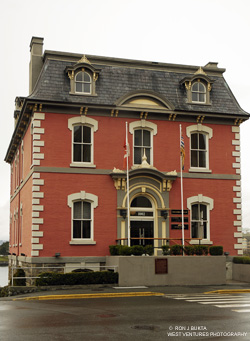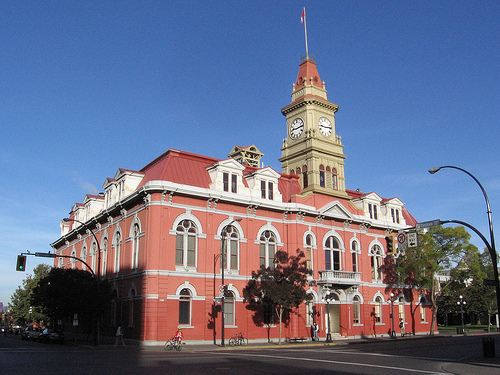Second Empire
Second Empire buildings are most recognizable for their mansard roofs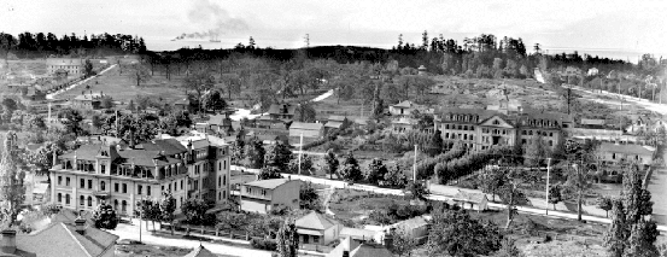
Notice the characteristic steep pitched roofs dotted with dormers on both St. Joseph's on the left and St. Ann's on the right, a double pitched roof with a steep lower slope. The principle facade of larger public buildings is composed of three main elements, a prominent centre and two flanking end pavilions. Their roofs and towers are decorated with ornate pediment dormer windows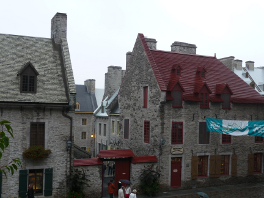
Pedimented Dormer Windows and fanciful iron cresting. The rest of the building is often embellished with rich architectural details, such as, paired superimposed columns and pilasters, ranges of elaborately framed windows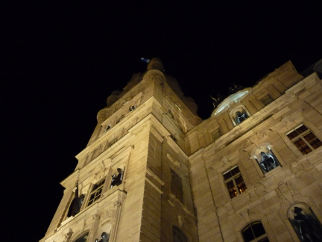
Quebec Legislature; notice the elaborate architectural detail, and strongly moulded stringcourses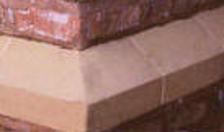
Masonry Stringcourse. Despite their flamboyant appearance these buildings conform to noticeably grid like pattern, which imposes an order to what might be otherwise a too ornate brew. This style was popular throughout the 1870ís and 1880ís and characterises the increasingly elaborate and monumental appearance of architecture towards the close of the nineteenth century.1Leslie Maitland, Jacqueline Hucker, and Shannon Ricketts, A Guide to Canadian Architectural Styles, (Peterborough Ont.: Broadview Press, 1992), pg. 64.
1Leslie Maitland, Jacqueline Hucker, and Shannon Ricketts, A Guide to Canadian Architectural Styles, (Peterborough Ont.: Broadview Press, 1992), pg. 64.
